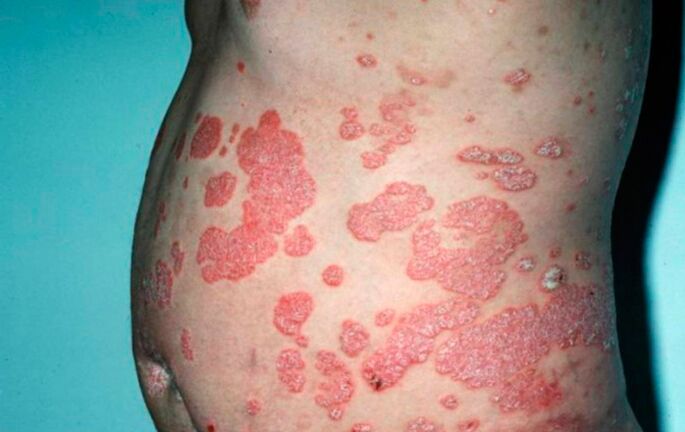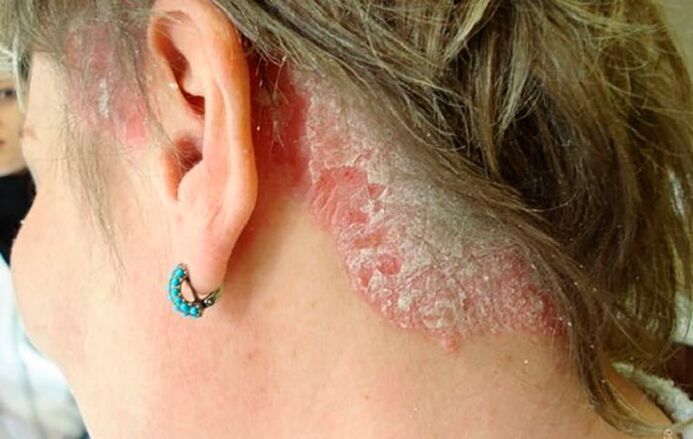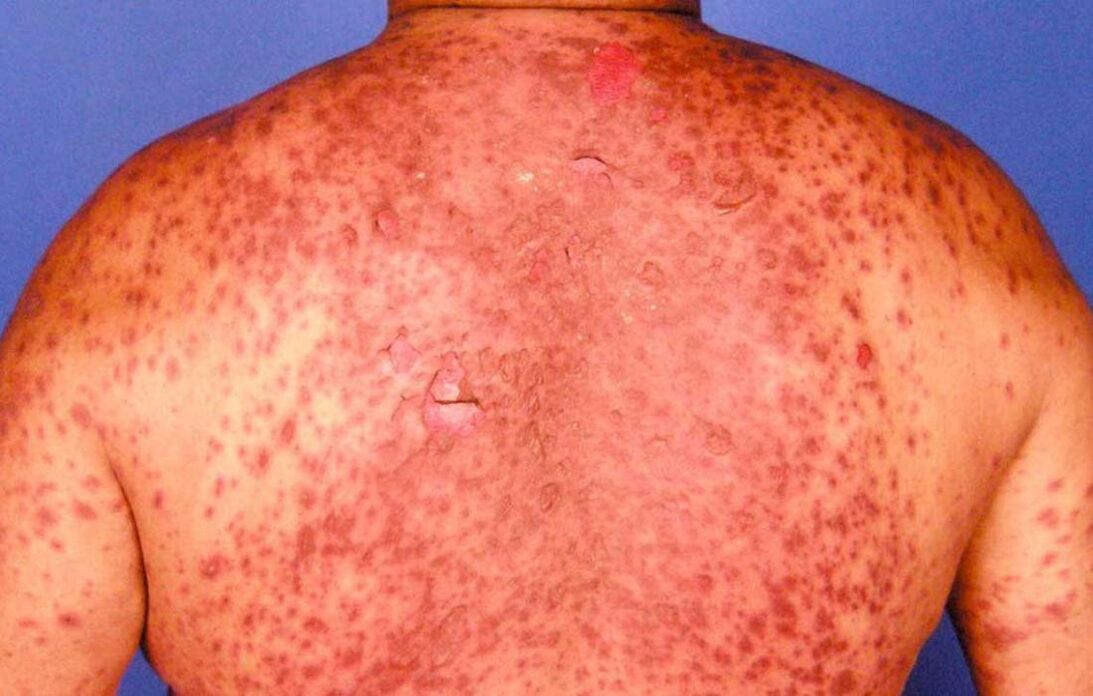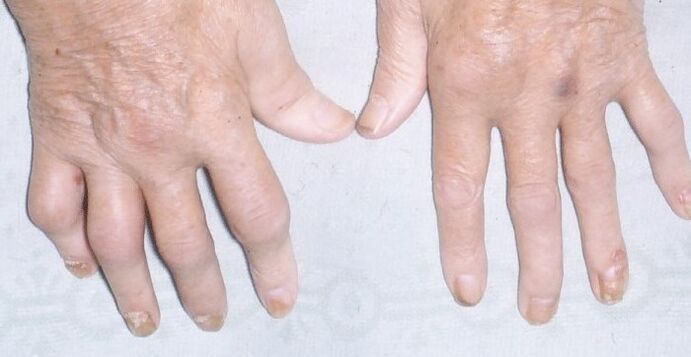
Psoriasis is a long-term, practically incurable, non-contagious disease. The skin, nails and joints are particularly affected. Psoriasis can appear in a person at any age, even children.
There are several theories about the cause of psoriasis:
- Neurogenic disorder theory;
- Theory about problems in the endocrine system;
- The theory of viral diseases or the theory of metabolic disorders.
But none of these theories have been scientifically proven in practice. So far, scientists have come to the conclusion that the onset of the disease is influenced by heredity or the genetic predisposition in humans to pathological changes in the skin cells.
These cells are formed in the basal layer and form scales up to the outer stratum corneum. The genetic factor proves the presence of the disease in relatives. In other words, if your loved ones have psoriasis, you or your children can get it.
Factors Affecting the Occurrence of Psoriasis
The following factors influence the occurrence of psoriasis:
- Nervous breakdowns;
- Mental and physical shock, overload of the body;
- Diseases of the endocrine system;
- Biochemical and enzymatic disorders;
- Hypothermia of the body;
- Decreased immunity.
It is difficult to identify and confirm what caused this disease. They often say that the disease occurred for no apparent reason.
What kind of disease is psoriasis: how does it manifest itself?
With this disease, papules and plaques appear on the skin. Plaques are sharply demarcated, compacted patches on the skin of a pink or reddish hue with small pale scales. The plaques have different shapes, but more often they are round or oval. They can be located anywhere on the human body, but more often they are observed on large joints, on the sacrum and lower back, under the hair on the head.
Psoriatic papules are characterized by rapid growth with the formation of plaques several centimeters in size, which then merge into large skin lesions.
How is psoriasis diagnosed?
The following indicators are important for diagnosis:
- If you try to scrape off the papules, the scales will scatter slightly, creating a "stearin stain".
- A reddish glossy surface appears on the skin - the final film of the stain;
- If you continue to scrape the stain, spot bleeding will appear on its surface - "blood dew".
Stages of psoriasis
The following stages of development are characteristic of rashes associated with the disease:
- Progressive stage (the appearance of small papules that grow and merge into larger ones over time);
- Stationary stage (plaques do not grow and change for a period of time);
- Regressive stage (the rash turns pale, thins and disappears from the surface of the skin).
Depending on the condition of the body, the disease can last a very long time.
The Kebner effect is characteristic of the first stage of the rash: after about a week, new psoriasis lesions appear on the damaged skin.
During the remission phase on the skin in the area of the elbow or knee joints, isolated so-called "mandatory" plaques can remain.
Types of psoriasis
There are several types of the disease:
- Exudative form: it is used to express swelling and brightness of papules with a yellowish crust on their surface;
- Follicle shape: small papules are located in the area of the follicle openings;
- Palmar-plantar form of psoriasis: with it, the skin of the soles of the feet and palms is covered with cracks and scales, on which psoriasis plaques are visible;
- Seborrheic psoriasis: localized mainly on the scalp;
- Psoriatic erythroderma. In this form, the disease is very difficult, the entire surface of the skin is affected by psoriasis, peripheral lymph nodes increase, fever, itching, sleep disorders appear, changes in blood and urine are observed;
- Arthropathic Psoriasis: Affects and deforms the joints, restricting movement within them. It is characterized by severe pain and swelling in the area of the affected joint. This is a very painful form of psoriasis that often leads to disability.



In all forms of psoriasis, a change in the nails is observed: they become cloudy, thicken, and small spots appear in them, as if they were pricked with a needle.
The disease lasts for many years with phases of deterioration and improvement in health, it is characterized by seasonality: exacerbation in the cold and remission in the warm season.
Psoriasis treatment
Psoriasis should be treated under the supervision of a doctor in the dermatology department. Treatment is prescribed through the optimal combination of therapeutic drugs with ointments and physiotherapy, as well as limiting animal fats and carbohydrates in food, alcohol and spicy foods.
Patients should be under medical supervision and require annual spa treatment. For psoriasis, it is advisable to visit radon springs and hydrogen sulfide baths, swim in the sea and take sunbaths.

























